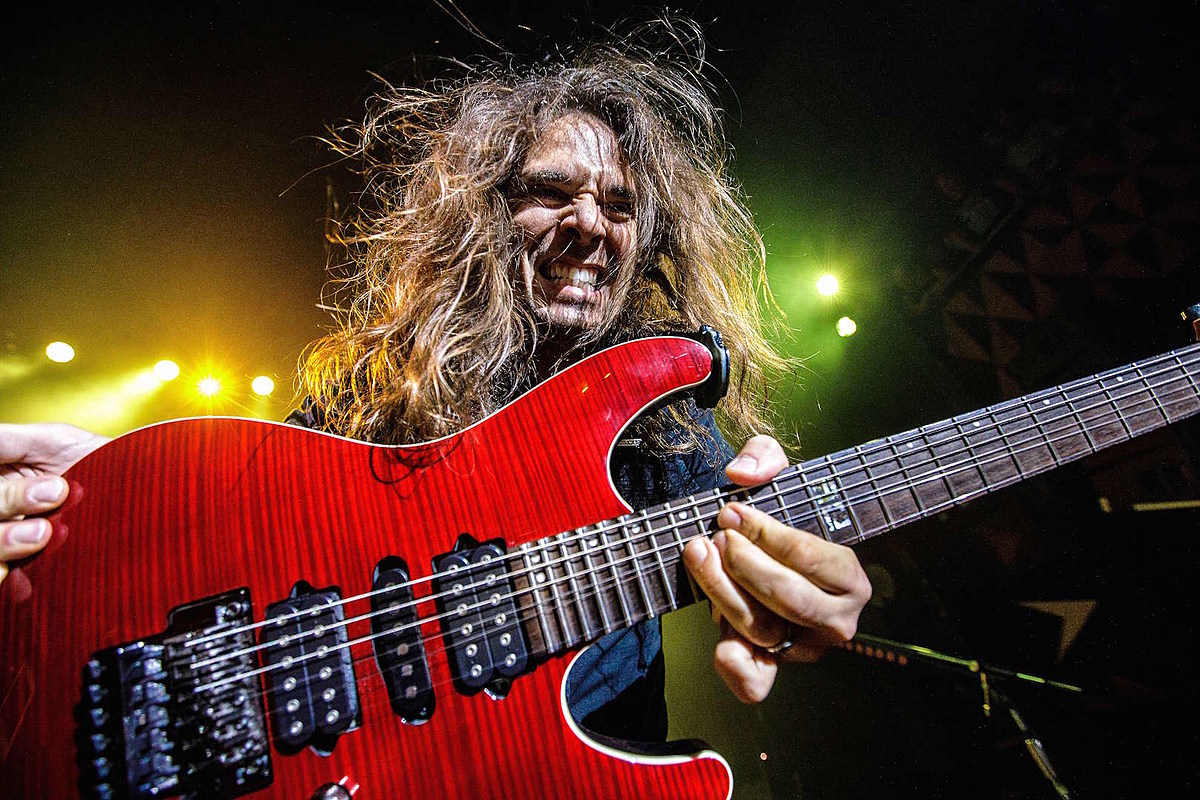Five Quick and Easy Steps to Learning Recitative

Recitative is a musical form written as conversational speech. It’s found in the operas of Purcell, Mozart and even Stravinsky, and in the church music of Bach and Handel.
Many young singers I have worked with think of recitative in opera as the filler between the important bits, and can tend to gloss over it to get to the meaty arias or duets. But it is usually there to carry the plot forwards, and can be a highly emotional experience.
Recitative can hold some terrors for the young (and even the experienced) singer, as its rhythmic and melodic structures often differ from the surrounding music. Singers are musicians at heart, and the temptation is to start with the melody and throw the words in somehow. But in reality, this takes longer to do, and you are more likely to make mistakes that are difficult to undo.
Here are the five easy steps I use in my studio to help a singer sight-read, understand and memorise recitative. The sample Italian recitative comes from Come Scoglio, Fiordiligi’s aria in Mozart’s Cosi Fan Tutte. You can see a complete vocal score online free at the excellent Indiana University music library.
1. Start with the words, in whatever language it is written. Read them through aloud, listening for accurate vowels, and looking for odd pronunciations or strings of unusual letters. In Italian, several words are often strung together resulting in three or four vowels in a row – make sure you know and can pronounce all of them. “Temerari, sortite fuori di questo loco” [If you have a word-for-word translation, use it now only to get the flavour of the emotions you are portraying: “You reckless man, leave here immediately”]
2. Now read the words aloud again, but this time emphasise every syllable that moves pitch. Even though this might feel a little unmusical, it’s the most vital part of the entire process. It will enable you to discover on which word the pitch movements actually occur. Your brain will already be learning the structure of each phrase, even though you are not yet singing. “Te-MEra-RI, SORti-TE FUOri di quesTO LO-CO
3. Now go to the melody, and hum or “ng” your way through it. Look/listen/feel for the architecture or shaping of the phrase, and for the tonality. Don’t worry if you can’t play the piano or put the chords in underneath what you are singing – it’s enough to understand the shape. [If you do play the piano or can think harmonically, notice where the tonality or chord changes and emphasise that too].
4. Now put the words and melody together, taking time to emphasise the words where the pitch moves. Again, this helps you to embed precisely where things change (as opposed to where they stay on the same note).
5. Finally, look for the long notes in each phrase. Most classic recitative is written in quavers (eighth notes), so look out for crotchets (quarter notes) or minims (half notes), and be sure to put them in. The long notes will give you the rhythmic structure of the sentence the composer wants. In this example, the first syllable of Temerari is the longest note in the phrase. [You don’t need to pay too much attention to long notes at the ends of phrases – they are often put there by editors trying to fill the bar].
The trick to learning recitative is to consciously identify the patterns and shapes in the words and the music. Once you have discovered exactly where the different patterns start, you can use them as hooks to speed through the non-moving sections
I recommend that you do steps 1 to 5 under tempo (thinking speed). Once you have completed those steps, you will find that you are able to sing the recitative confidently and effectively at speed.
And if you don’t believe me, just try it!






